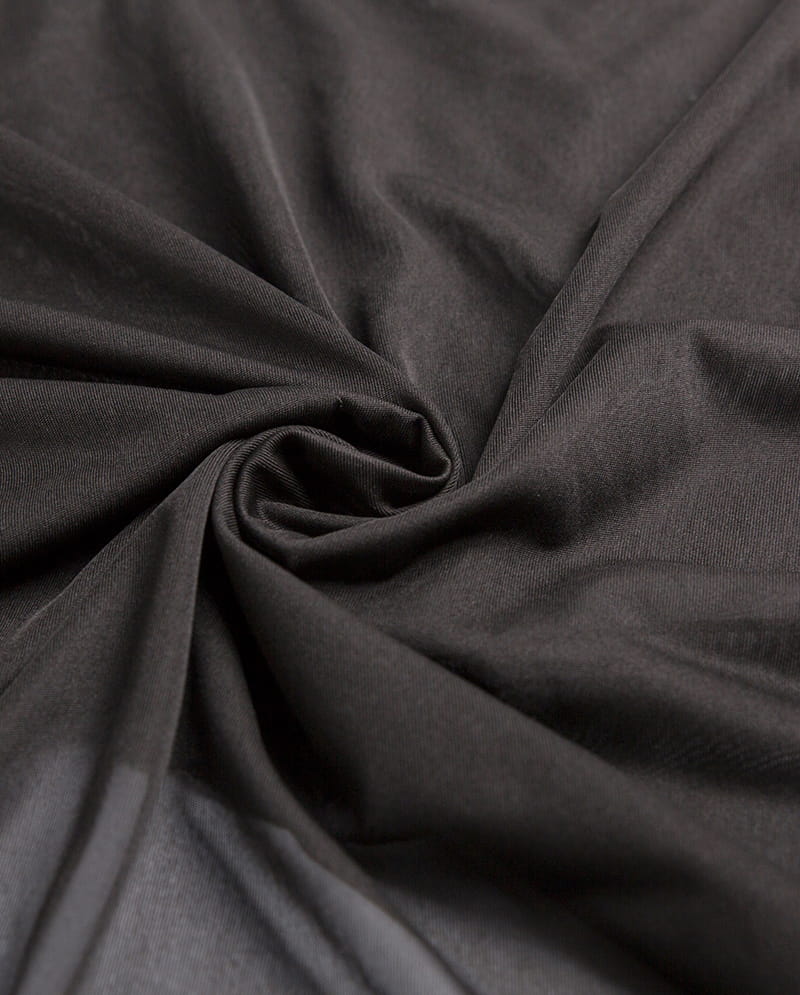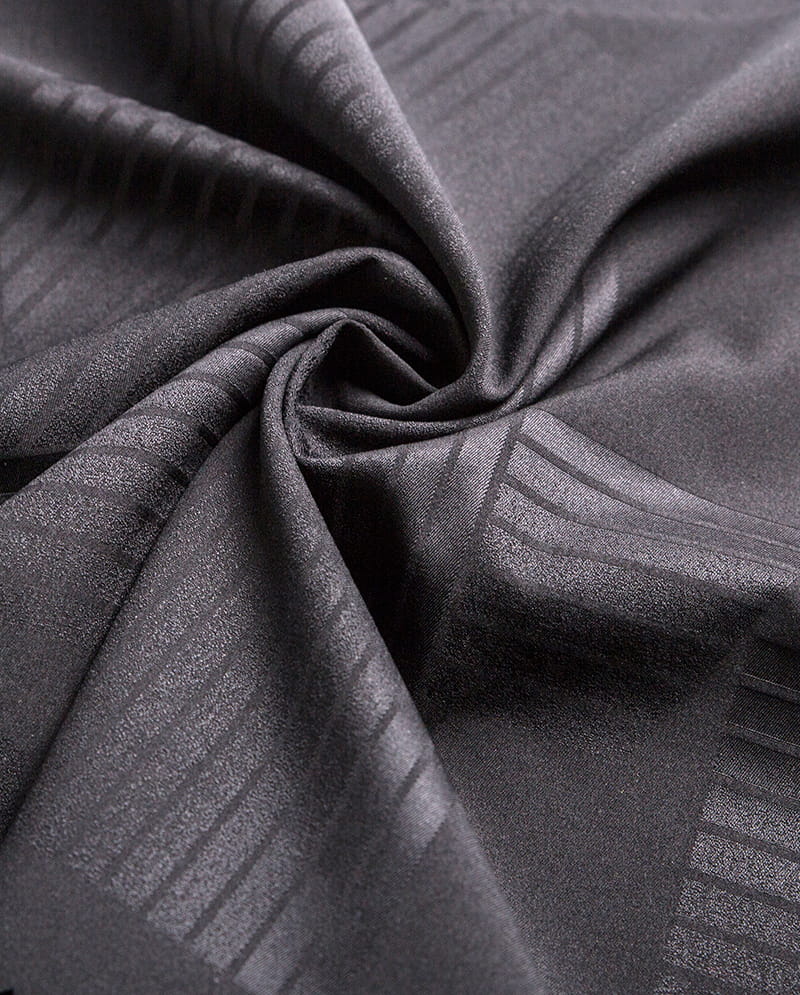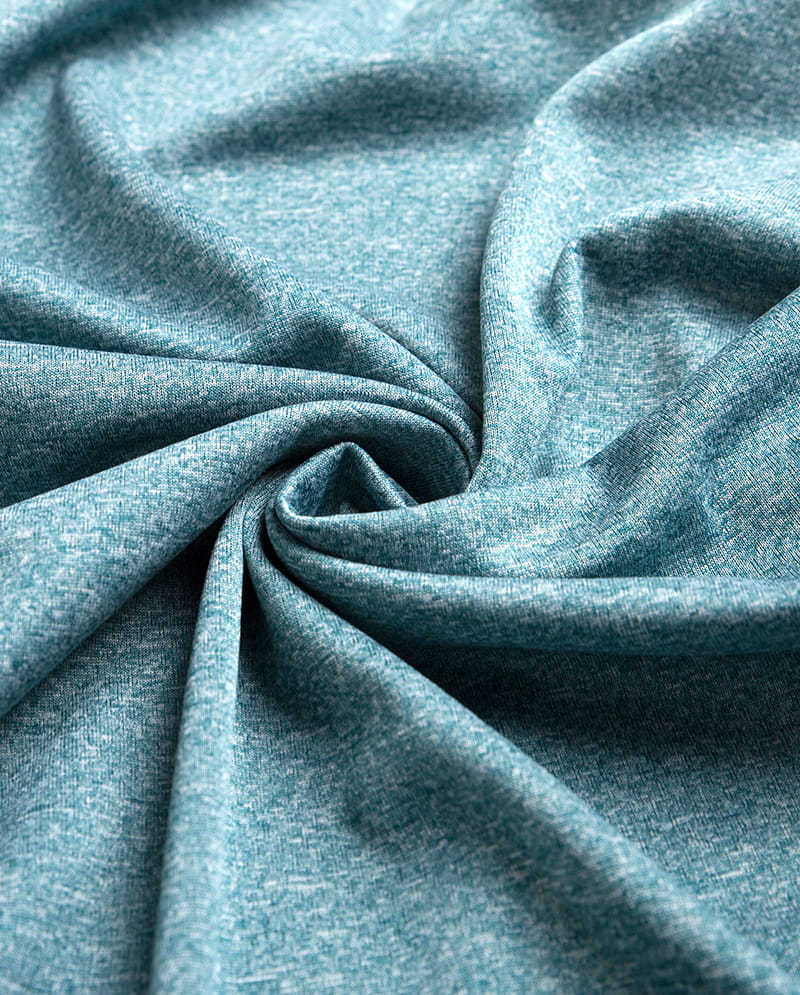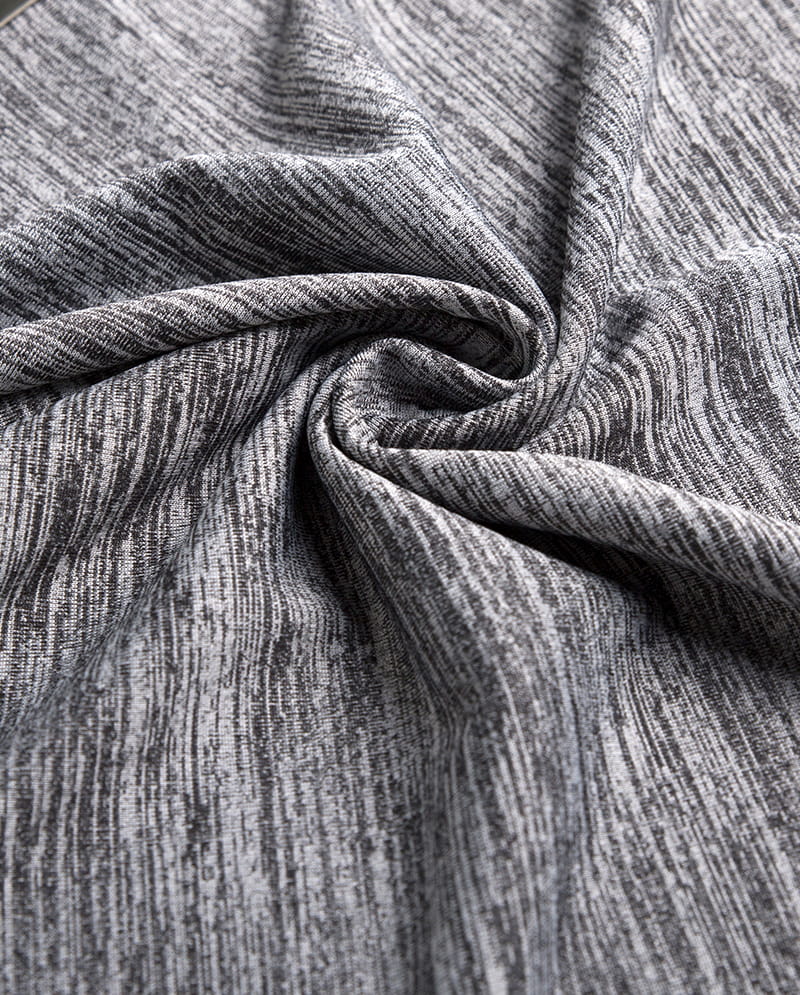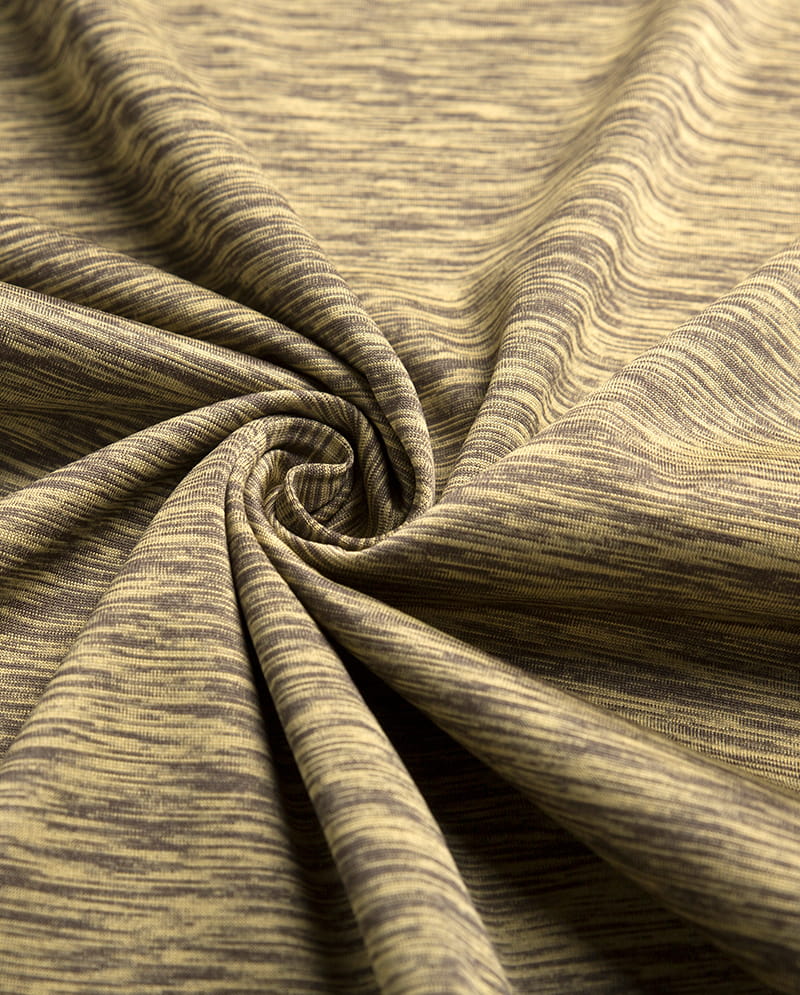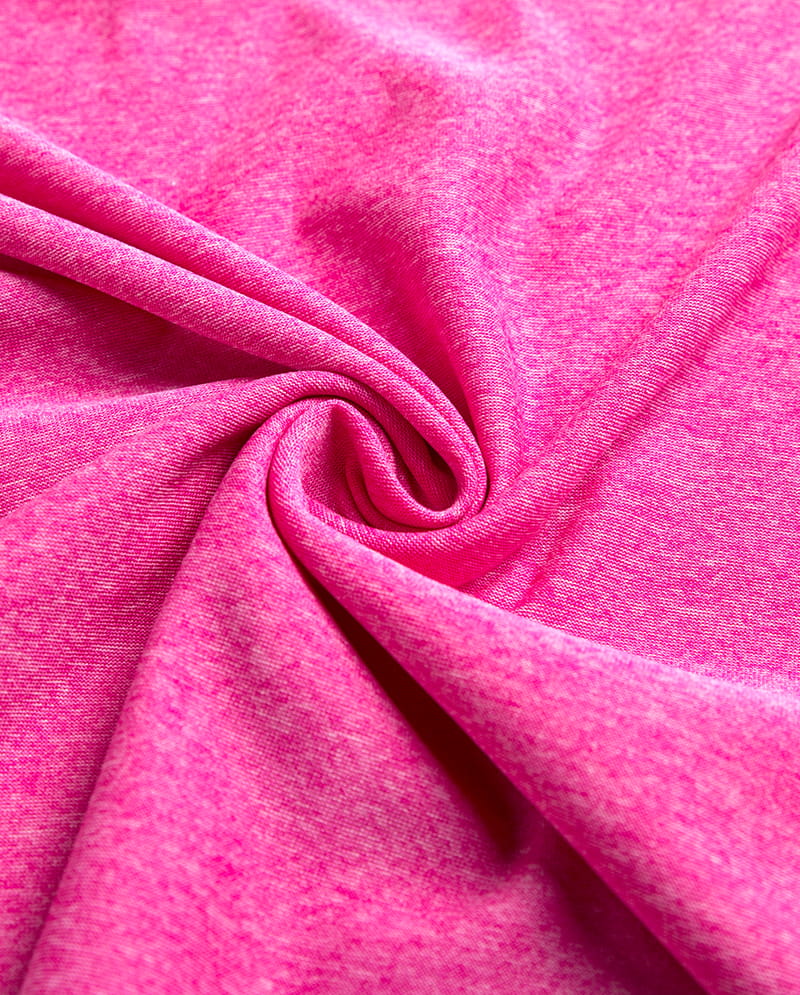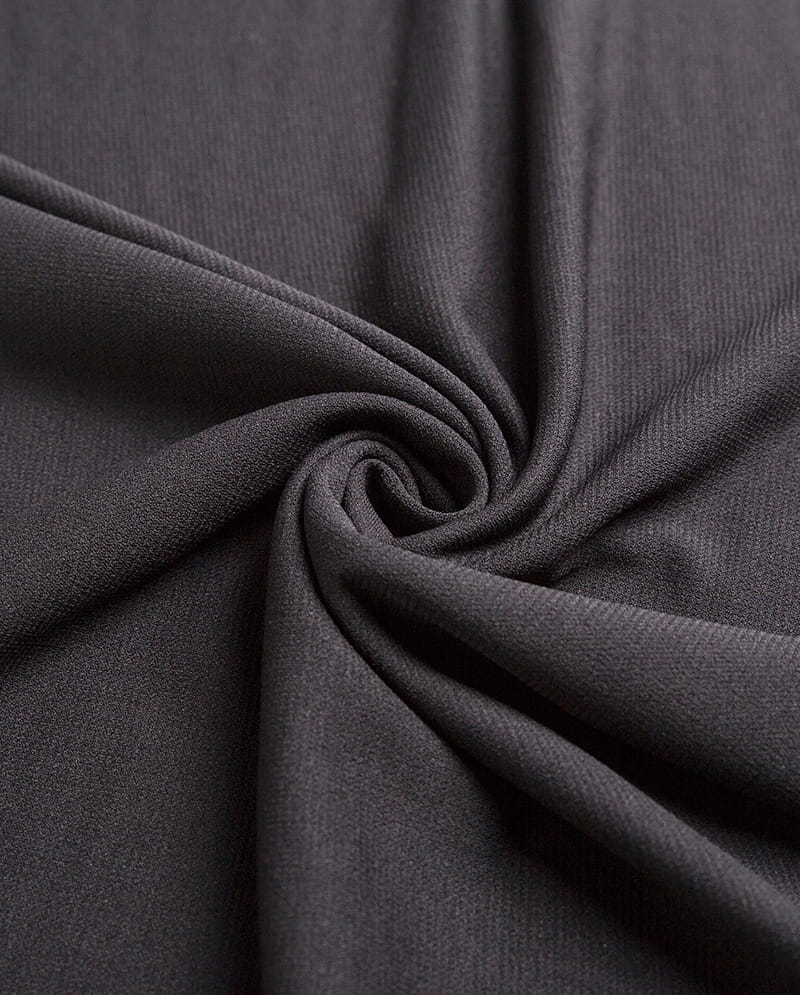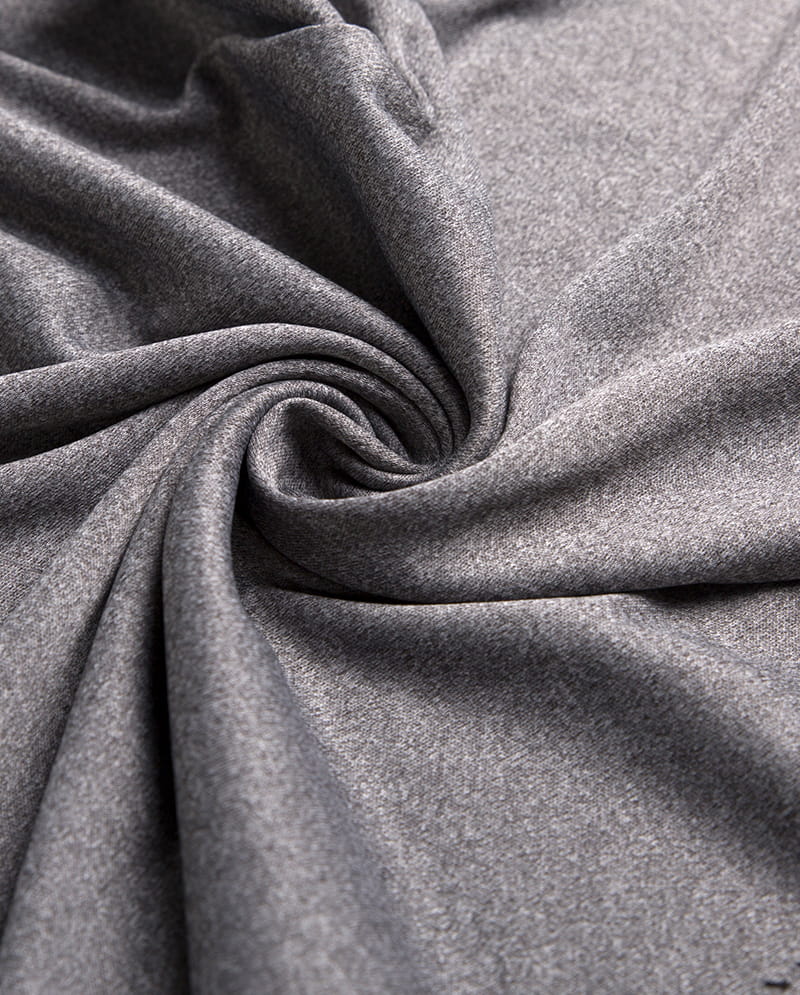How to improve the elasticity of knitted fabric?
Author: admin / 2023-10-20
To improve the elasticity of knitted fabric, you can consider several factors during the knitting process and the selection of materials. Here are some ways to enhance the elasticity of knitted fabric:
Choose Elastic Yarns:
Use yarns that are inherently elastic or have a high elastane (spandex) content. These fibers are known for their excellent stretch and recovery properties, making them ideal for enhancing the elasticity of knitted fabric.
Select a Suitable Knitting Stitch:
Certain knitting stitches and techniques inherently provide more elasticity than others. For instance, ribbing and certain stretchy stitch patterns can increase the fabric's elasticity.
Adjust Tension:
Pay attention to the tension used during the knitting process. Looser tension generally results in a more elastic fabric, while tighter tension yields a less elastic fabric. Adjust the tension to meet the desired stretch and recovery characteristics.
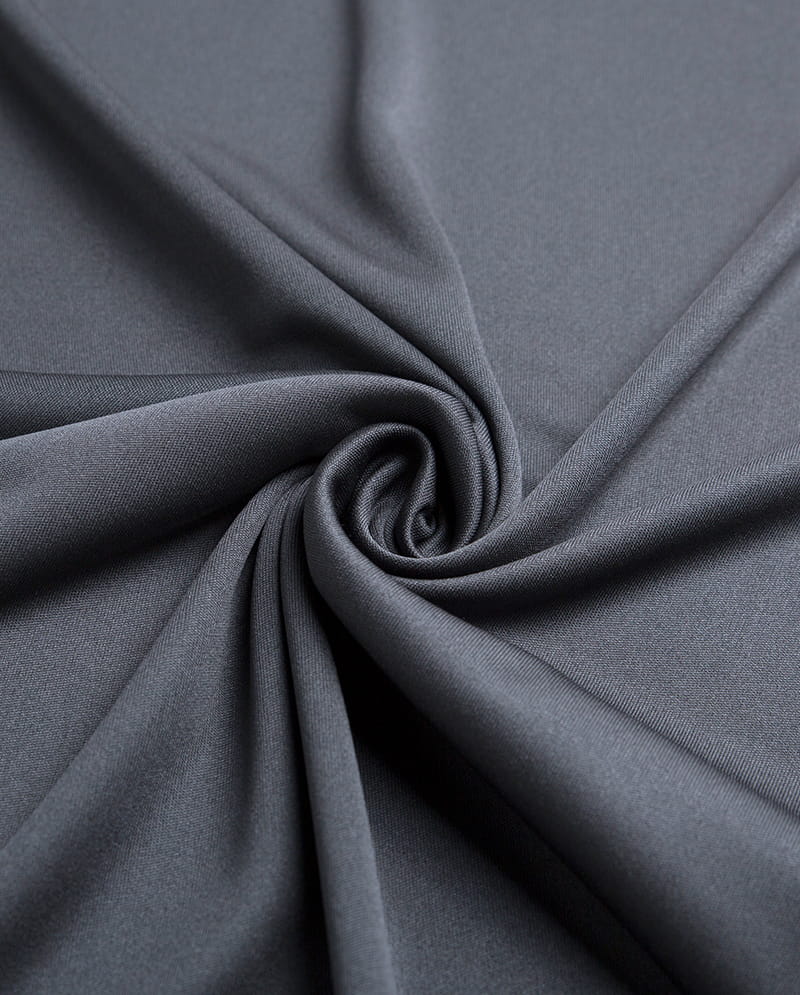

Use Appropriate Needles:
Needle size and type can impact the elasticity of the fabric. Smaller needles may create a denser, less stretchy fabric, while larger needles can produce a more open, elastic fabric.
Incorporate Elongation Techniques:
Certain knitting techniques, such as short rows and increases, can be used strategically to create areas of increased stretch within the fabric.
Knit Seamless Garments:
Seamless knitting, which involves knitting garments in one piece without seams, can enhance the overall elasticity of the fabric. Seams can restrict stretch in certain areas.
Use Two-Way Stretch Stitch Patterns:
Consider using stitch patterns and designs that promote two-way stretch, allowing the fabric to stretch both horizontally and vertically. This is especially important in applications where movement is a key consideration.
Blocking:
After knitting, blocking the fabric correctly can affect its elasticity. Stretch the fabric gently in the desired directions while blocking to enhance its stretchiness.
Blend with Elastic Fibers:
Blend elastic fibers, such as spandex or Lycra, with other yarns. For example, you can use a spandex blend yarn for the ribbing on cuffs and hems to provide extra stretch in these areas.
Use Appropriate Stitch Patterns for Ribbing:
Ribbing, such as 1x1 or 2x2 rib, naturally adds elasticity to the fabric. Utilize ribbing for cuffs, collars, and waistbands to ensure that these areas have improved stretch.
Experiment and Sample:
Experiment with different combinations of yarn, tension, stitch patterns, and techniques to find the best approach for your specific project. Creating a sample or gauge swatch is essential to test and adjust for the desired elasticity.

 English
English 中文简体
中文简体
